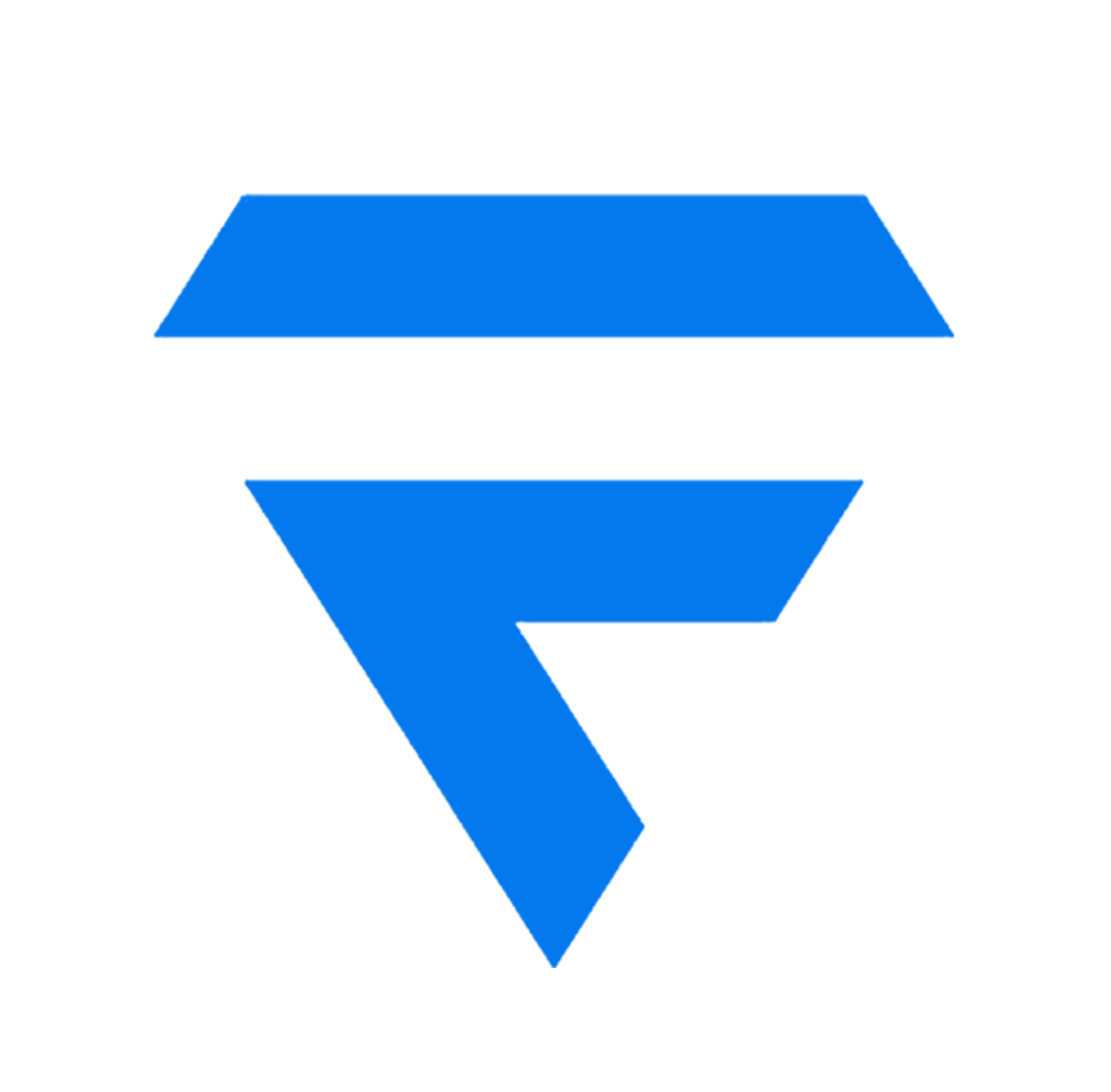The Evolution of the Internet: Web 1.0 to Web 3.0
The internet has undergone a remarkable transformation since its inception, evolving through distinct phases that reflect changing technologies, user behaviors, and societal needs. This journey can be categorized into three primary stages: Web 1.0, Web 2.0, and the emerging Web 3.0. Each phase has brought significant advancements, shaping how we interact with the digital world. In this post, we will explore the characteristics, innovations, and implications of each stage of the internet's evolution.
Web 1.0: The Static Web (1990s – Early 2000s)
Characteristics:
Web 1.0, often referred to as the "static web," represents the earliest phase of the internet. This era was characterized by simple HTML pages that provided information but lacked interactivity. Websites were primarily read-only, meaning users could consume content but had limited ability to engage or contribute.
Key Features
- Static Content: Websites were built using basic HTML, and content was updated infrequently. Users had a passive experience, mainly consuming information from websites.
- Limited User Interaction: Interaction was minimal; users could not comment, post, or share content. The web was primarily a one-way channel for information dissemination.
- Directories and Portals: Search engines were in their infancy, and users often relied on directories like Yahoo! or AOL to navigate the web.
Implications: Web 1.0 laid the groundwork for the internet as we know it today, establishing a framework for information sharing. However, it lacked the features that would eventually enable richer user experiences and dynamic interactions.
Web 2.0: The Social Web (Early 2000s – 2020s)
Characteristics:
Web 2.0 marks a significant shift towards user-generated content and social interaction. This phase is characterized by dynamic websites, social media platforms, and collaborative tools that empower users to create, share, and interact with content.
Key Features
- User-Generated Content: Platforms like blogs, wikis, and social media sites (e.g., Facebook, Twitter, YouTube) allowed users to create and share their own content, leading to an explosion of diverse voices and perspectives.
- Interactivity and Collaboration: Web 2.0 facilitated two-way communication, enabling users to comment, share, and collaborate. This fostered communities and networks, transforming the internet into a social space.
- Rich User Experiences: The introduction of technologies like AJAX and HTML5 allowed for more interactive and responsive web applications, enhancing user experiences.
Implications: Web 2.0 revolutionized how people connect, communicate, and consume information. It democratized content creation and allowed individuals and businesses to reach broader audiences. However, it also raised concerns about data privacy, centralization, and the power of major tech companies over user-generated content.
Web 3.0: The Decentralized Web (Emerging)
Characteristics:
Web 3.0, often referred to as the "decentralized web," is still in its formative stages but promises to transform the internet once again. This phase emphasizes decentralization, user ownership, and enhanced data privacy, driven by advancements in blockchain technology, artificial intelligence, and the Internet of Things (IoT).
Key Features
- Decentralization: Web 3.0 aims to reduce reliance on centralized platforms by utilizing blockchain technology. This allows users to control their data and interact directly with one another, fostering trust and transparency — while enabling a new era of digital ownership.
- Semantic Web: This phase envisions a more intelligent web where machines can understand and interpret data. The semantic web aims to improve search capabilities, making information retrieval more efficient and context-aware.
- Enhanced User Experience: Web 3.0 seeks to create personalized and responsive experiences through the use of AI and machine learning, tailoring content and services to individual user preferences.
Implications: The transition to Web 3.0 holds the potential to empower users by giving them ownership of their data and enabling peer-to-peer interactions. It could reshape industries, create new business models, and enhance privacy. However, challenges such as scalability, regulatory frameworks, and user education must be addressed for widespread adoption.
Conclusion
The evolution of the internet from Web 1.0 to Web 3.0 reflects a profound shift in how we interact with information and each other. Each phase has built upon the foundation of the previous one, leading to an increasingly interconnected and dynamic digital landscape.
As we move into the era of Web 3.0, the possibilities for innovation and transformation are vast. By embracing decentralization, user empowerment, and enhanced interactivity, the future of the internet promises to be more inclusive, secure, and user-centric. Understanding this evolution is essential for businesses, developers, and users alike as we navigate the complexities and opportunities of the digital world ahead.

